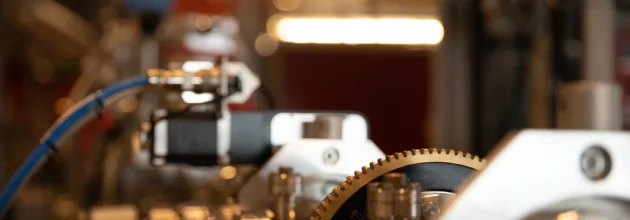Scientists examined whether honeycomb boron can function as a structural analogue 2D material to graphene. Employing core-level X-ray spectroscopies, scanning tunneling microscopy, and DFT calculations, they analyzed the structure and electronic properties of honeycomb boron after its reaction with aluminum. They found that although it resembles graphene in electronic structure to some extent, it fails to form a quasi-freestanding monolayer on aluminum. This lack of a freestanding state is a clear difference from the behavior of graphene or monolayer hexagonal boron nitride (h-BN) on lattice-mismatched metal surfaces.
Highlights
A record year for research at MAX IV
MAX IV is making significant societal contributions in terms of record-high scientific productivity. In 2023, the number of publications increased by 51% compared to the previous year, and the number of unique users increased by 31%. Moreover, the number of proposals submitted in the most recent Open Call was higher than ever.
Conceptual design for three potential new beamlines developed with WISE
After successfully bringing the first 16 funded beamlines into operation, we now look into the future. In collaboration with the Wallenberg Initiative Materials Science for Sustainability (WISE), funded by the Knut and Alice Wallenberg Foundation and together with the scientific community, MAX IV will develop the conceptual designs for three potential new materials science beamlines.


